Reconstruction of Museum of Contemporary Art, Belgrade
Reconstruction of Museum of Contemporary Art, Belgrade , EXPLANATORY REPORT
The Museum of Contemporary Art in Belgrade was designed by architects Ivanka Raspopović and Ivan Antić, the First prize winners at the competition held in 1959-1960. Their project included six crystal-formed cubic modules placed on a rectangular base and rotated by 45 degrees with a tendency to be, theoretically, multiplied in the future. The combination of glass, concrete and white marble on the facade gave this edifice a sophisticated image in accordance with its purpose. Located on the confluence of the Sava and Danube rivers, the museum was opened in 1965. The initial concept was to convert park area into a museum quarter. However, the idea was never realized and the Museum of Contemporary Art remained a solitary bastion of Yugoslav modern art. Ivanka Raspopović and Ivan Antić were awarded the October prize for their project. The building was declared a monument in 1987. Due to the grave need for renovation, the museum was closed in 2007. The reconstruction process begun, but after the finishing new power station nearby museum building in 2010, the entire project was put under a halt due to the lack of funds. After many delays, the renovation of the museum continued in September of 2016. The new project was designed in only three months. The museum was finally open for public in October 2017, after ten years of being closed. The almost invisible intervention reveals a rare but necessary approach in terms of reconstruction, restoration and conservation of architectural heritage.
One of the most unique features of the MoCAB is its interior, which is fluid, abundant in the natural light and it is lacking walls so that the visitors would walk through all the five semi-levels without losing the notion of entire exhibition. New wheelchair ramp was also built in exterior connecting terrace of new power station with newly formed secondary access. The new technologies needed to be adapted to all forms of art exhibitions and the contemporary museum standards. Also, instead of the horizontal skylights in 60x60 cm modules in each cuboid, the exterior cube octahedron dome geometry was repetitively applied in interior by using specially designed multilayered triangular screens, which also enabled complete control of the natural light, higher ceiling and an adequate culmination of the interior. A new heating and cooling system was also one of the most important features of the reconstructed museum. In accordance with the current standards, the building is now "smart". Finally, the new materials used for restoration were carefully chosen in order to be as close to the original ones as possible. Most of replaced materials were recycled.
The beauty of the original architecture was left intact. All new technologies were adapted to easy maintenance so that only 3 employees can take care of all systems.

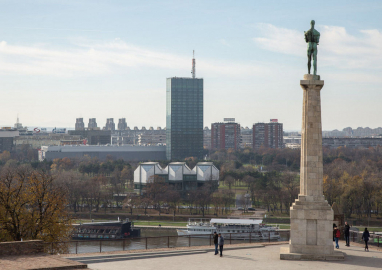
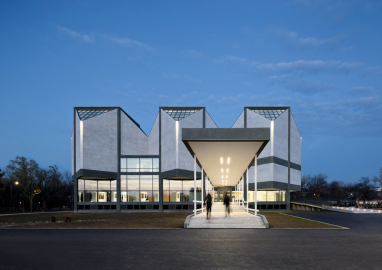
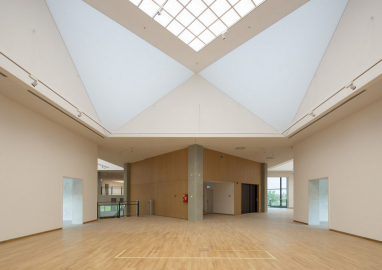
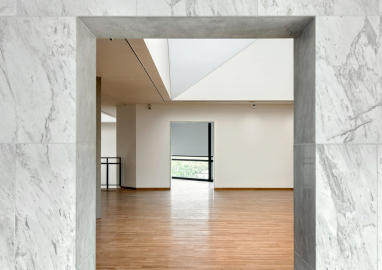
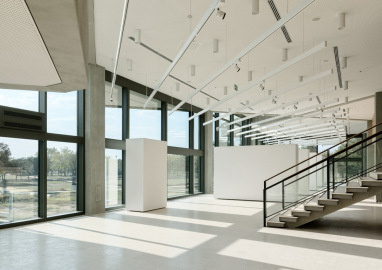
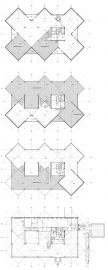
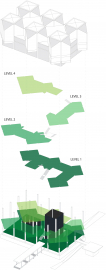
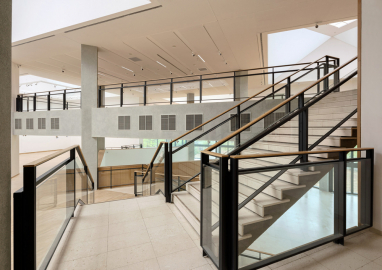 © relja ivanić
© relja ivanić